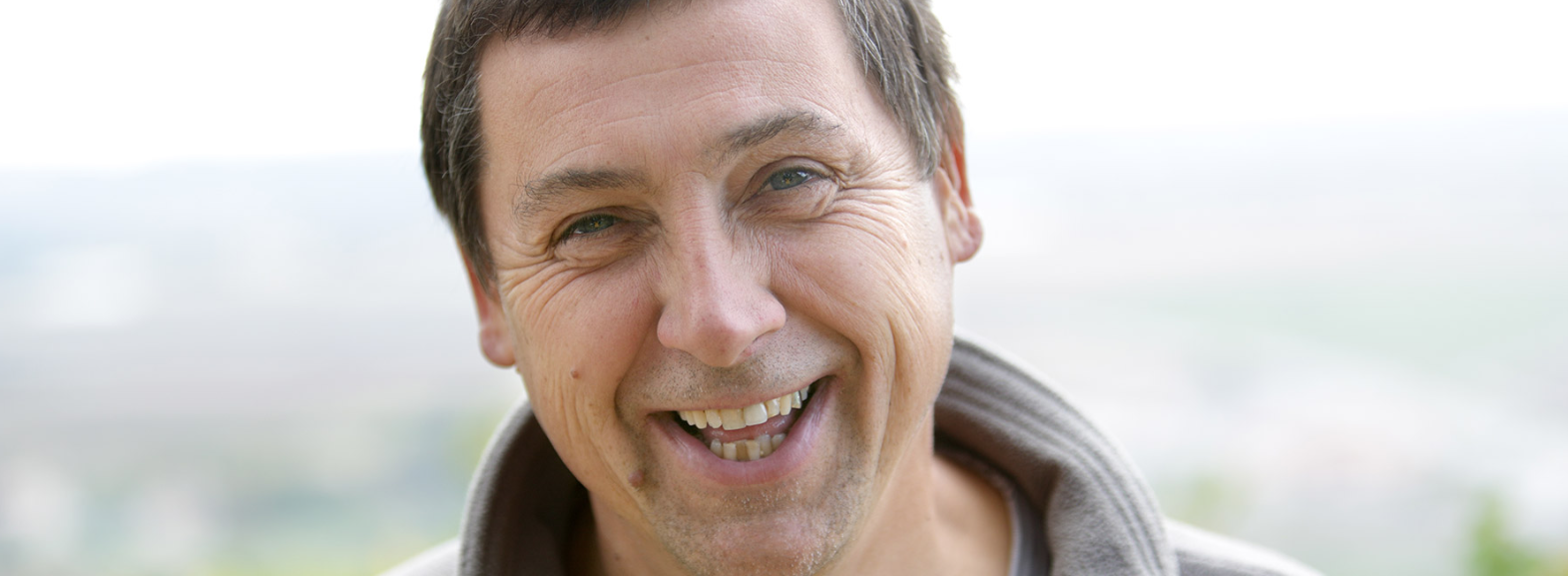



The Tardy family have been growing vines around Chanos-Curson for several generations. Today the estate’s caretaker is François Tardy with his wife Anne. Domaine des Entrefaux has long been considered a great example of Crozes-Hermitage, but in the past years under the new couples leadership things have definitely been taking up a notch or two.
Today the vineyards are farmed organically, being certified from 2012, and with some degree of biodynamic principles. Vines are treated with tea’s and infusions, the soil tilled more often, cover crops are grown to promote soil health with plenty of microorganisms and to act as natural pest-, herb- and fungicide. The only way organic matter finds its way back to the vineyards is through a compost. François actually has a reputation of growing great vegetables.
21 of the 25 hectare are dedicated to Syrah. A large portion of the Syrah grows on the gravelly limestone terrace of Les Chassis. This is considered to be one of the best sectors within Crozes-Hermitage, it is in Les Chassis we can finds some of Alain Graillot most prized vineyards. Some Syrah is also grown on the hillside of Mercurol. The remaining 4 hectares are vowed to Marsanne, and a wee bit Rousanne. These grow on the famed hillside of Mercurol, historically being an appellation that was as in high demand as Montrachet. The soil is made up of clayey limestone. The initiated Rhône institution John Livingstone-Learnmonth (drinkrhone.com) considers Entrefaux’s white Crozes-Hermitage “Les Pends” to be one of the most elegant in the whole appellation. Average age of vines are 30 y/o and the yields lie between 35-40 hl/ha. 5000-6000 vines/hectare.
Harvest is solely done manually at Domaine des Entrefaux, majority is destemmed, some whole clusters, fermentation occurs spontaneous with ambient yeast in concrete vats, careful maceration, the wines then go into cement tanks, large wooden vats, and cement eggs for ageing. Wines are bottled unfined and if the vintage allows also unfiltered, finally very low amounts of sulphur is added — 25-30 mg/l.
These are wines that see constant improvement, year after year they offer immense value for their origin. Bright, compelling, delicate wines that reward you with freshness, elegance and soul.